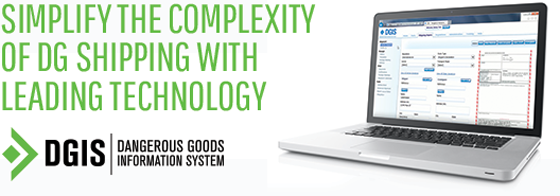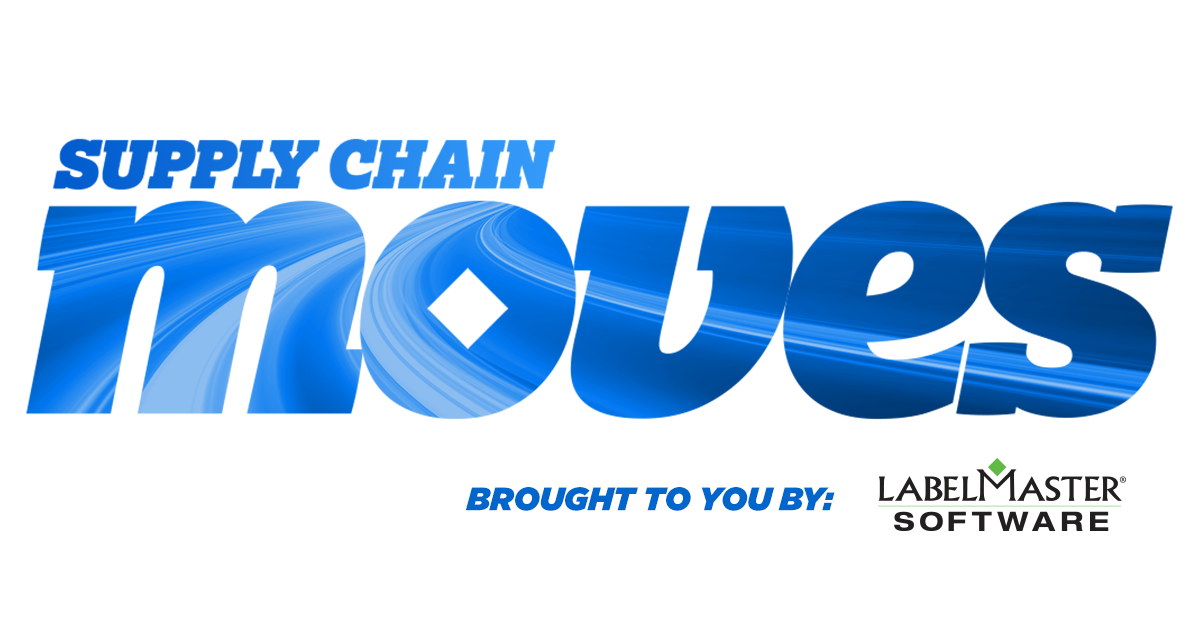

Week of May 25th, 2020
Linking technology news with Dangerous Goods compliance
The supply chain has become increasingly reliant on technology – both to gather the data and insights needed to develop an optimal strategy and then to be able to effectively execute that strategy.
To help companies keep a pulse on technology trends impacting business and the movement of dangerous goods throughout the supply chain, Labelmaster has launched “Supply Chain Moves,” a weekly report linking the latest technology news to dangerous goods compliance.
Let’s examine the recent supply chain technology and industry news.
TECHNOLOGY
- Warehouse Robots Provide Crucial Link In Supply Chain: Throughout the coronavirus crisis, the e-commerce supply chain delivered as drivers and warehouse workers stepped up. So did warehouse robots.
- FedEx and Microsoft Collaborating to Improve Supply Chain Visibility: FedEx will pair its logistics network with Microsoft’s AI, machine learning and cloud-computing capabilities to provide enhanced visibility to entire supply chains.
- Top 20 Materials Handling System Suppliers 2020: Although the coming year promises to paint a different picture, the industry continued to build upon record growth in 2019.
- DHL Launches Parcel Data Portal: DHL Global Forwarding has launched an online tracking portal that will allow customers to see real-time data on their goods in transit, viewing variables such as freight rates, offers, transport modes and carbon emissions.
- How Blockchain and AI Can Future-Proof the Supply Chain Against Viral Threats: When we look at the recent strain on supply chains, it’s clear that emerging AI and blockchain applications could revolutionize how we make business decisions during a crisis.
3PL TECH
- The 5 Data Sets You Need to Effectively Leverage 3PL & Fulfillment in 2020: Capturing data will enable merchants to lower their transportation and inventory carry costs while simultaneously driving higher customer satisfaction.
- 5 Innovations in Logistics for Business ‘Competition and Efficiency’: There are many concerns that plague the e-commerce industry today, but there’s hope on the horizon with modern-day logistics software that can create transparent and efficient supply chains.
Technology & Dangerous Goods Compliance
Advancements in technology, combined with new service models by logistics providers can help organizations achieve faster and more cost-effective fulfillment operations. But, as Isaac Zaubi, analyst at Ware2Go, a UPS technology company, notes in a recent Supply & Demand Chain Executive article, in order to be effective, companies must provide data related to their product set, sales channels and order volumes.
He states, “By capturing and providing these data sets, merchants enable their 3Pls to determine exactly where their products should be stored, how much inventory should be stocked, how often new inventory should be restocked and what the most efficient delivery options are.”
In his article, Zaubi outlines the five data sets needed to optimize 3PL and fulfillment options in 2020:
- The geographical locations of customers
- The volume of new orders by season
- The volume of new orders by product
- The type and size of orders submitted by customers
- The dimensions, weights and handling requirements of all products
The fifth data set is especially true when it comes to shipping dangerous goods as the dimensions, weight, along with product makeup and other factors, greatly impact how an item is shipped and stored.
He states, “Products that require refrigeration or kitting or that are classified as hazardous materials are much more expensive to store and ship, and many providers may choose not to handle these types of items at all. So, if merchants are to truly optimize the costs associated with their fulfillment process, documenting these types of product specifications is a crucial step. This will ensure that across their full portfolio of SKUs, the warehousing and shipping partners selected can provide effective service.”
As we highlighted in a recent blog post, having complete, accurate master data is the key to streamlining compliant hazmat transport. And sharing this data with 3PLs, carriers and other supply chain partners can help shippers achieve even greater results.
“…Making sure the appropriate data is being captured internally is the first step towards selecting and then refining their use of an outsourced provider,” said Zaubi. “Once there is a process in place to capture this data, merchants can then begin evaluating the landscape of third-party offerings to determine which is best equipped to manage their operations.”
To learn more about dangerous goods software or how to establish a safer, more compliant supply chain, visit https://www.labelmaster.com.
Have questions about dangerous goods transport? Call the Labelmaster Regulatory Hotline at 1.800.621.5808.

Labelmaster’s Dangerous Goods Information System (DGIS) is the leading SaaS solution to help companies more efficiently and accurately manage their Dangerous Goods shipments. DGIS validates your Dangerous Goods shipment data against the latest regulations, ensuring a more efficient supply chain and reducing friction found in Dangerous Goods shipments. DGIS is a certified partner/validation solution with ERP, transportation and warehouse management systems.

